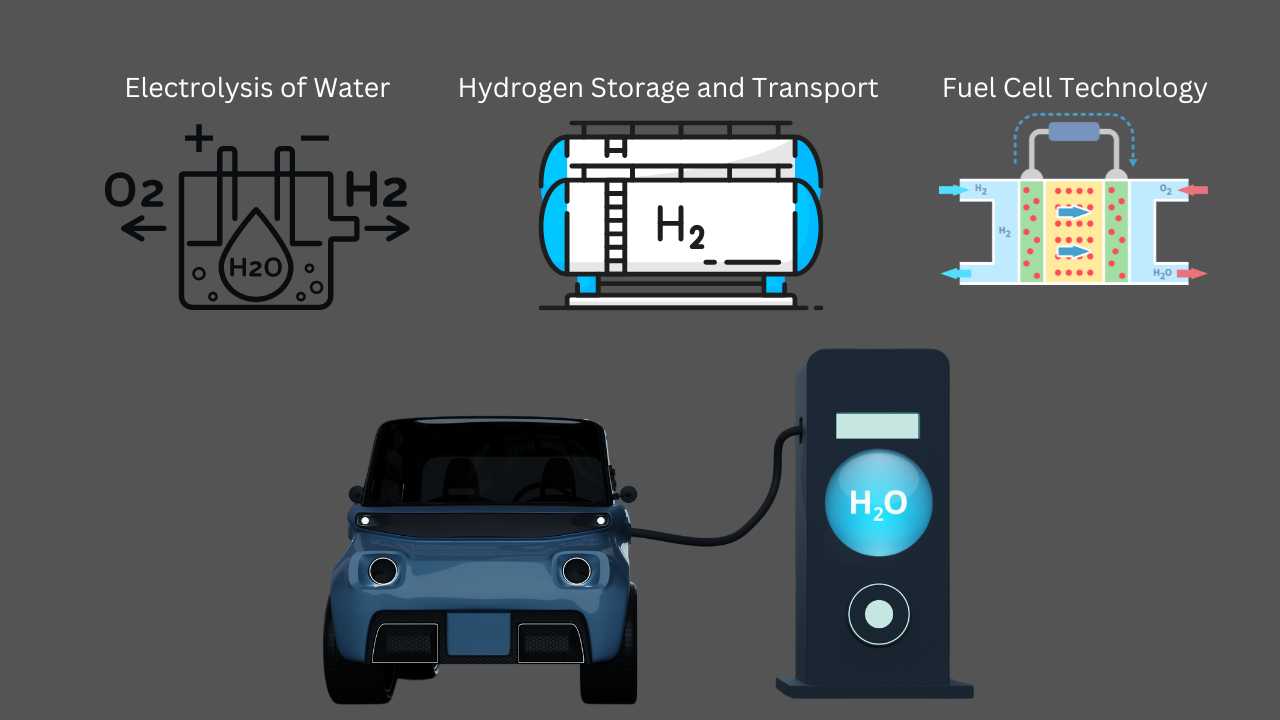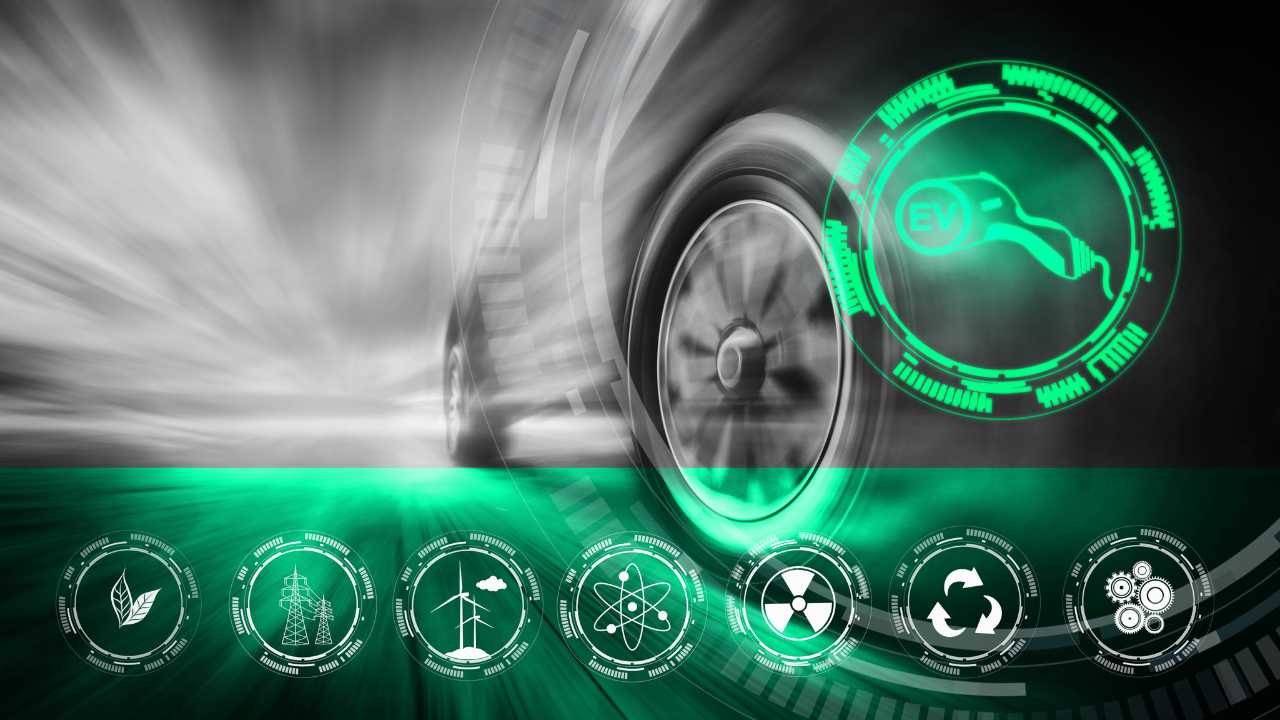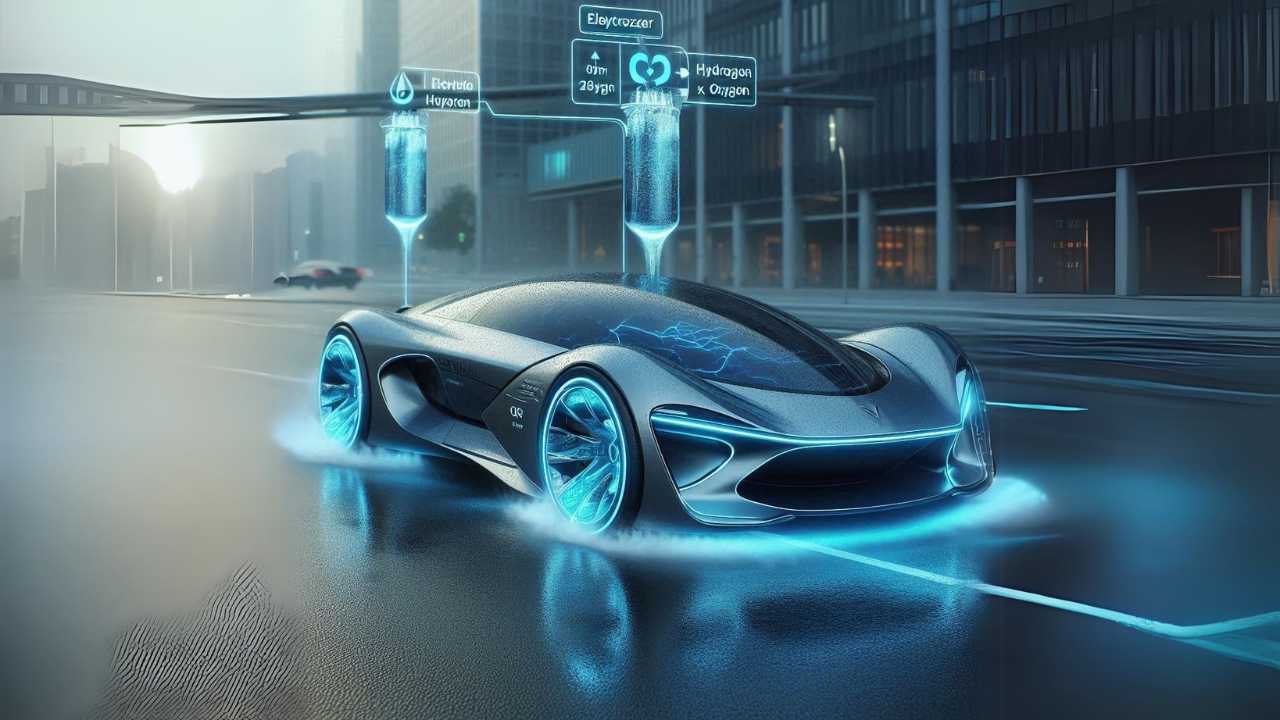In a world grappling with climate change and the depletion of fossil fuels, the quest for sustainable and efficient energy solutions has never been more urgent. Among the various innovations, the concept of a water-powered car has captured significant attention. This article explores the potential of water as a fuel source, evaluates the current state of the technology, and discusses its implications for the future of transportation.
Understanding Water-Powered Cars

Water-powered cars are not fueled directly by water but use water as a source of hydrogen, which is then converted into electricity to power the vehicle. The process involves several steps:
Electrolysis of Water:
Water (H₂O) is split into hydrogen (H₂) and oxygen (O₂) using an electrolyzer. This process requires energy input, usually in the form of electricity, to break the chemical bonds in water molecules. Advances in electrolysis technology, particularly the use of proton exchange membrane (PEM) electrolyzers, have improved the efficiency of hydrogen production.
Hydrogen Storage and Transport:
Hydrogen, once produced, is stored in high-pressure tanks. One of the significant challenges is the safe and efficient storage of hydrogen due to its low energy density and the need for specialized containment. Recent developments in solid-state hydrogen storage and liquid organic hydrogen carriers (LOHCs) offer promising solutions.
Fuel Cell Technology:
The stored hydrogen is fed into a fuel cell, where it reacts with oxygen from the air to produce electricity, water, and heat. The electricity generated powers an electric motor, providing propulsion for the vehicle. Proton exchange membrane (PEM) fuel cells are commonly used in automotive applications due to their high efficiency and quick startup time.
The Promise and Challenges of Water-Powered Cars

The potential benefits of water-powered cars are significant:
Environmental Benefits:
Hydrogen fuel cells produce zero tailpipe emissions, with water vapor being the only byproduct. This makes them an attractive option for reducing greenhouse gas emissions and improving air quality in urban areas. A shift to hydrogen-powered transportation could significantly cut CO₂ emissions, especially if the hydrogen is produced using renewable energy sources.
High Energy Efficiency:
Hydrogen has a high energy density compared to batteries, which can provide longer driving ranges and shorter refueling times. This makes hydrogen fuel cells particularly suitable for heavy-duty and long-range applications, such as trucks and buses.
🔬 Subscribe to SciMail
Get the latest science discoveries straight to your inbox!
Energy Security:
Hydrogen can be produced from a variety of resources, including water, natural gas, and biomass. This diversity of supply can enhance energy security and reduce dependence on imported fossil fuels.
However, there are also significant challenges:
Hydrogen Production:
- Most hydrogen today is produced from natural gas through a process called steam methane reforming, which emits CO₂. To be truly sustainable, hydrogen must be produced using renewable energy (green hydrogen). Electrolysis using renewable electricity is the cleanest method but currently remains costly and energy-intensive.
Infrastructure Development:
- A robust hydrogen infrastructure, including production, distribution, and refueling stations, is essential for the widespread adoption of hydrogen fuel cell vehicles. The development of this infrastructure requires substantial investment and coordination among various stakeholders.
Cost and Efficiency:
- The cost of producing, storing, and transporting hydrogen remains a significant barrier. Additionally, fuel cells and hydrogen storage systems need further improvements in efficiency and durability to compete with other clean energy technologies.
Current Innovations and Future Outlook

Significant progress is being made in overcoming these challenges. Innovations in electrolyzer technology, such as the use of solid oxide electrolyzers and advanced catalysts, are making hydrogen production more efficient and affordable. Moreover, the development of integrated hydrogen production and storage systems promises to streamline the supply chain.
Governments and private companies worldwide are investing heavily in hydrogen infrastructure. The European Union’s Hydrogen Strategy aims to install at least 40 gigawatts of electrolyzer capacity by 2030, while countries like Japan and South Korea are leading in hydrogen fuel cell technology and infrastructure development.
The automotive industry is also seeing increased interest in hydrogen fuel cells. Companies like Toyota, Hyundai, and Honda are actively developing and commercializing hydrogen fuel cell vehicles. Toyota’s Mirai and Hyundai’s NEXO are among the commercially available hydrogen-powered cars that offer a glimpse into the future of transportation.
Conclusion
The potential of water-powered cars to revolutionize the transportation sector is immense. By leveraging water as a source of clean hydrogen fuel, these vehicles could provide a sustainable alternative to fossil fuels, significantly reducing emissions and enhancing energy security. However, realizing this potential will require continued innovation, substantial investment in infrastructure, and a coordinated effort to overcome the technical and economic challenges.
As the world moves towards a more sustainable future, water-powered cars represent a promising frontier in the quest for clean and efficient transportation. With advancements in technology and increasing support from governments and industry, the dream of driving a car powered by water could soon become a reality.


Leave a Reply